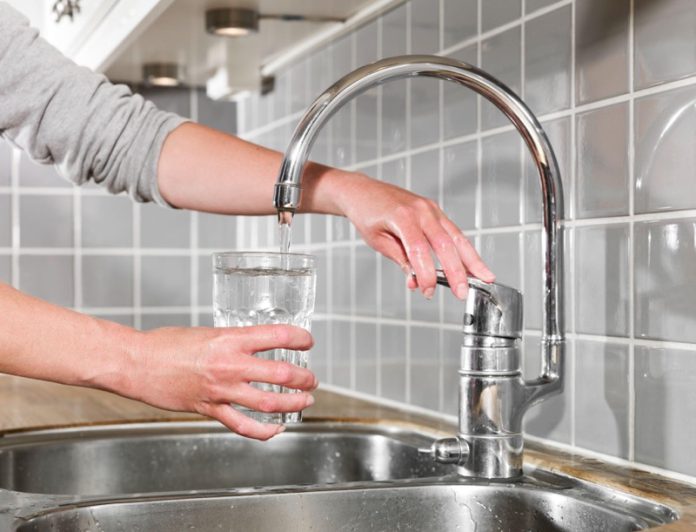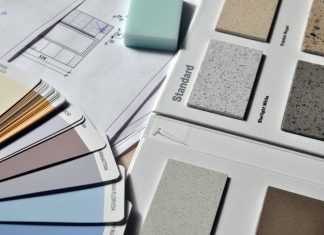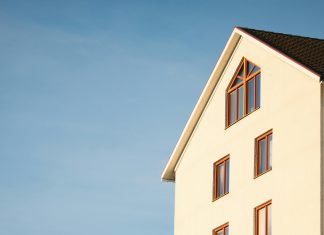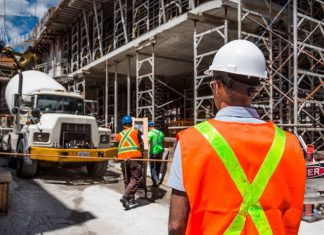Fresh drinking water is a necessity in everyday life. And while many households have taken this precious resource for granted, making an effort to use it efficiently will not only cut down your water costs in Wollongong, it makes a difference in times of crisis such as drought.
Water Cost Components
As of the new changes implemented by the Independent Pricing and Regulatory Tribunal (IPART), Sydney Water will use the dam levels as its baseline for the cost of water consumption. And while decreasing the fixed charges for household consumption is a welcoming thought, there would be an increase in consumption rates.
When water levels in the dam are above 60%, water costs will be $2.35/ kilolitre. Once the dam level reaches below 60 per cent (drought), this increases to $3.18/kilolitre.
Here are the essential components of a residential water bill:
- Water consumption charge: The water consumption charge is a single amount per kilolitre for metred properties. Your household charges will depend on water used and calculated per kilolitre (1000 litres).
- Water service fixed availability charge: This is a standard charge for your home’s connection to drinking water and is different from the water consumption charge. The charge is usually based on a 20mm connection.
- Wastewater service fixed availability charge: This is a charge for your household’s connection to a wastewater distribution system. The water service charge is typically based on a 20mm connection for single-family homes and units.
Average Water Costs
Shoalhaven households typically use 150 kilolitres of water, while Sydney and Illawarra households consume 200 kilolitres.
Shoalhaven water households will usually yield an annual bill of $1221.50, whereas a typical home in Sydney and Illawarra will have $1062.59. However, with the new pricing adjustments from the Sydney Water based on dam levels, should there be a drought (below 60%), a typical home in Sydney or Illawarra will typically yield $1228.42 per year.
Tips for Reducing Your Bills
Australia is a geographically hot and dry country. While water can be a challenge, here are a few ways you can scrimp on extra cash just using only water that is needed.
- Regularly check for leaky taps. Hidden leaks could save you water of up to 9,000 litres per year. Visible leaks in the toilet would cost up to 20,000 litres of wasted water that you pay for a year.
- Save water by showering instead of taking a bath. Using low-flow showerheads will also cut down water use but still deliver the same results you’d get from a standard showerhead.
- If you’re using a traditional toilet (without a dual flush feature), you can use bricks or pebbles to decrease water for flushing.
- Use a rainwater tank. A tank is the most efficient water-saving method for home and garden use.
- Use dishwashers instead of handwashing dishes. Use a full load to maximise your water usage.
- Before loading dishes in the dishwasher, scrape off food leftovers so it cleans more efficiently and won’t need further washing afterwards.
Conclusion
You are never too prepared to save water costs in every season. Make the most of your water usage, and be sure to contact a professional plumber to help you find the best solutions to leaks and maintenance for water appliances and tanks.















